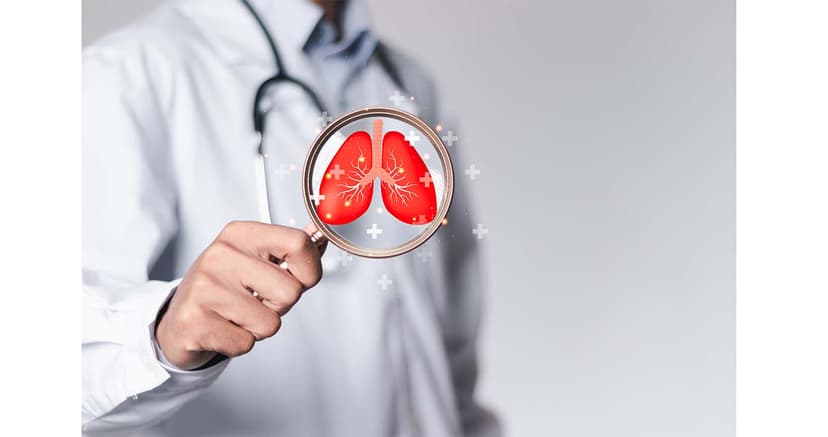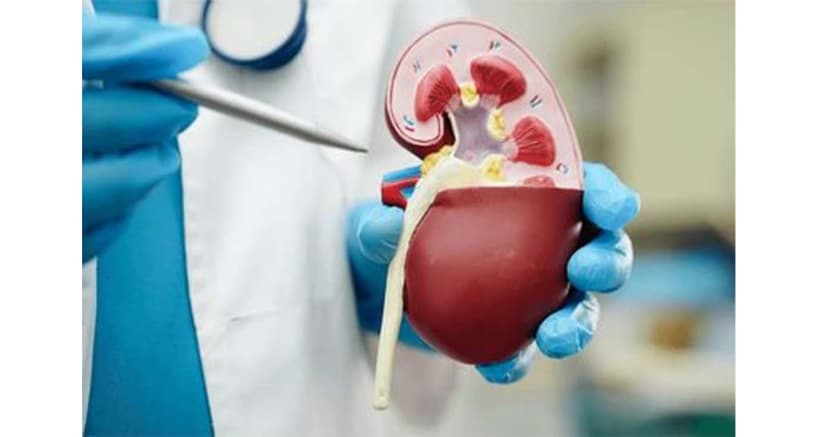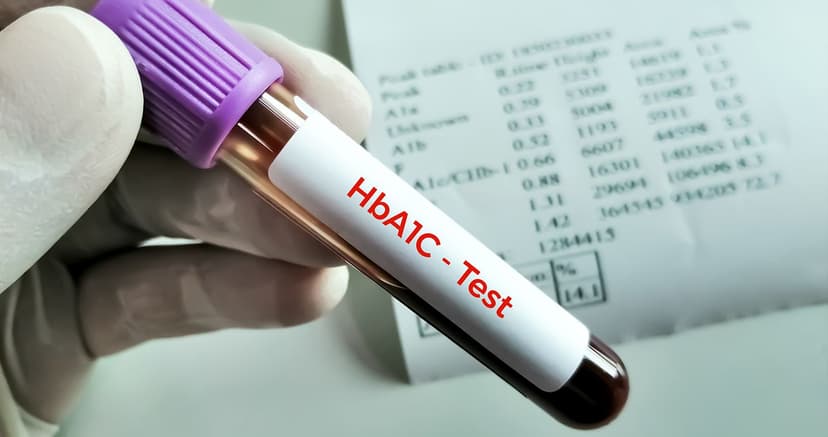Understanding Lung Cancer: Symptoms, Causes, and Treatment Options
By:
Apex Hospitals
07-07-2023 5 Min Read

Overview
Lung cancer is a devastating disease that affects millions of people worldwide. It is crucial to comprehensively understand this condition, including its symptoms, causes, and treatment options. By educating ourselves, we can better identify the signs of lung cancer, reduce our risk factors, and explore the available treatment modalities. Let's embark on this journey better to understand lung cancer and its impact on our lives.
What is lung cancer?
Lung cancer is a malignant tumour that originates in the cells of the lungs. It is the leading cause of cancer-related deaths worldwide, affecting both men and women. This disease occurs when the cells in the lungs grow uncontrollably, forming a mass or tumour. There are two main types of lung cancer: small cell lung cancer (SCLC) and non-small cell lung cancer (NSCLC).
Understanding the symptoms of lung cancer
Recognizing the lung cancer symptoms is crucial for early detection and prompt treatment. The symptoms of lung cancer can vary depending on the stage and type. Some common symptoms include:
- Persistent cough
- Chest pain
- Shortness of breath
- Coughing up blood
- Fatigue
- Unexplained weight loss,
- Shoulder pain
- Swelling in the face, neck, arms or upper chest
It is important to note that these symptoms can also be associated with other respiratory conditions, so it is essential to consult a healthcare professional for an accurate diagnosis.
Causes and risk factors
While the exact lung cancer causes is unknown, certain risk factors are known to increase the likelihood of developing the disease. Smoking tobacco is the leading cause of lung cancer, accounting for approximately 85% of all cases. Exposure to second-hand smoke, environmental pollutants such as radon and asbestos, and a family history of lung cancer are also significant risk factors. Additionally, individuals with a weakened immune system and those who have previously had lung diseases are at a higher risk of developing lung cancer.
Early symptoms of lung cancer to watch out for
Early detection of lung cancer can significantly improve treatment outcomes and increase the chances of survival. While lung cancer is often asymptomatic in its early stages, certain warning signs should not be ignored. These include:
- a persistent cough that does not go away
- chest pain
- hoarseness
- recurring respiratory infections
- coughing up blood
If you experience any of these symptoms, it is important to consult a healthcare professional for further evaluation and potential screening tests.
Diagnosis and screening methods for lung cancer
Diagnosing lung cancer involves a series of tests and procedures to confirm the presence of cancer cells. These may include:
- imaging tests such as chest X-rays, CT scans, or PET scans
- Blood tests: Blood tests cannot diagnose cancer independently, but they can assist your provider in determining how your organs and other body parts are functioning.
- Biopsies: to examine the lung tissue for cancer cells.
Treatment options for lung cancer
The lung cancer treatment depends on several factors, including the stage of the disease, the type of lung cancer, and the patient's overall health. The primary treatment modalities for lung cancer include:
- Surgery: It involves the removal of the tumour and, in some cases, part or all of the affected lung.
- Chemotherapy: It uses drugs to kill cancer cells throughout the body
- Radiation therapy: It uses high-energy beams to destroy cancer cells in the lungs
- Targeted therapy: It focuses on specific genetic mutations present in cancer cells.
These treatment options can be used individually or in combination, depending on each patient's specific needs.
Preventive Measures and Lifestyle Changes to Reduce the Risk of Lung Cancer
While not all cases of lung cancer can be prevented, there are specific measures individuals can take to reduce their risk of developing the disease.
- The most crucial step is to avoid tobacco smoke, whether by quitting or avoiding exposure to second-hand smoke.
- reducing exposure to environmental pollutants, such as radon and asbestos
- Adopting a healthy lifestyle. This includes eating a nutritious diet, engaging in regular physical activity, and maintaining a healthy weight.
- It is also essential to stay current with vaccinations, as certain infections can increase the risk of lung cancer.
With ongoing advancements in research and treatment options, there is hope for a brighter future for lung cancer patients. By raising awareness, supporting research efforts, and advocating for preventive measures, we can work towards a world where lung cancer is no longer a leading cause of cancer-related deaths.
Remember, early detection saves lives. If you or someone you know is experiencing symptoms or at high risk for lung cancer, consult a healthcare professional for further evaluation and guidance.
Related Articles
Connect with Us
Health in a Snap,
Just One App.
Know more




































































































